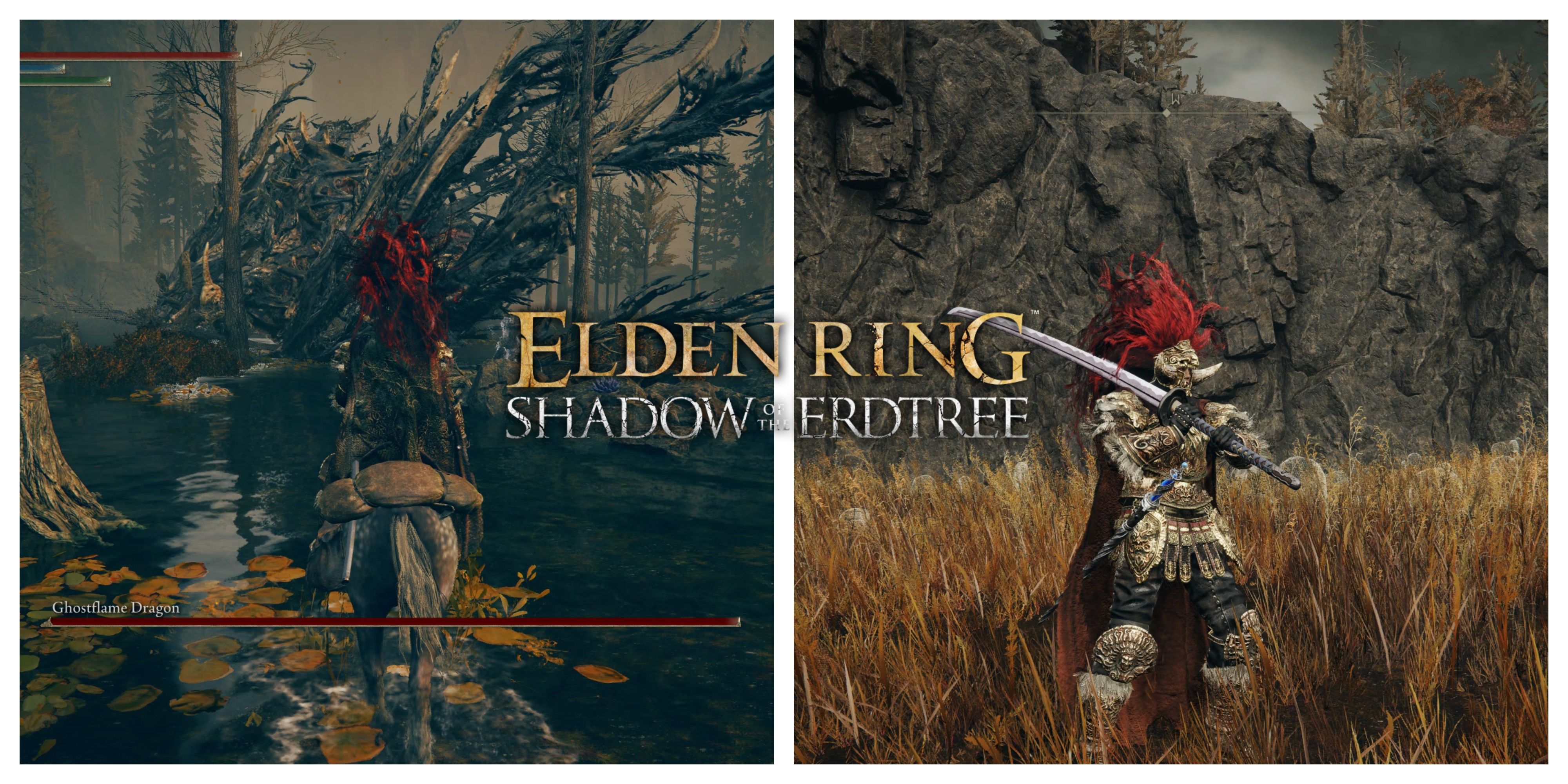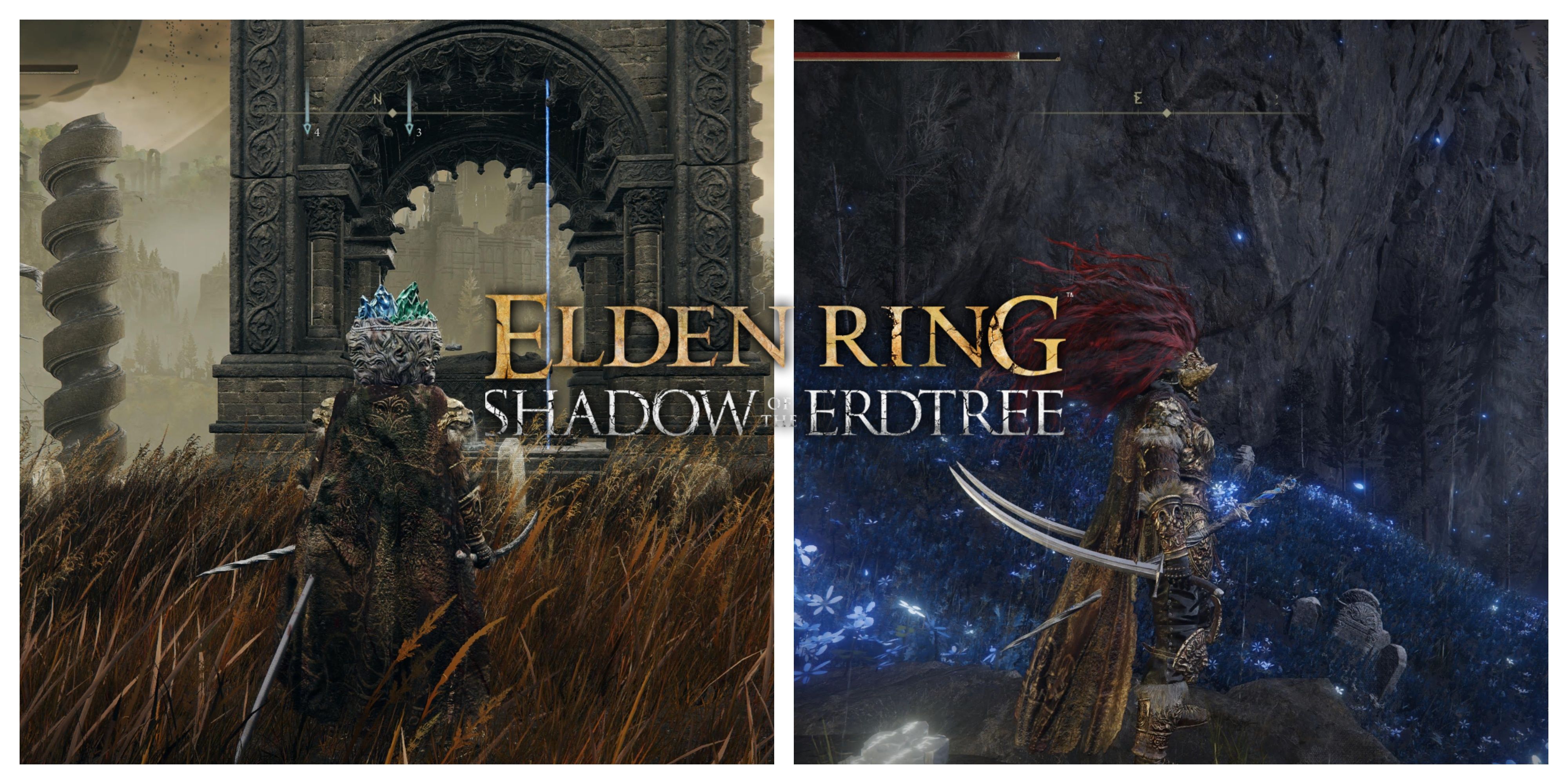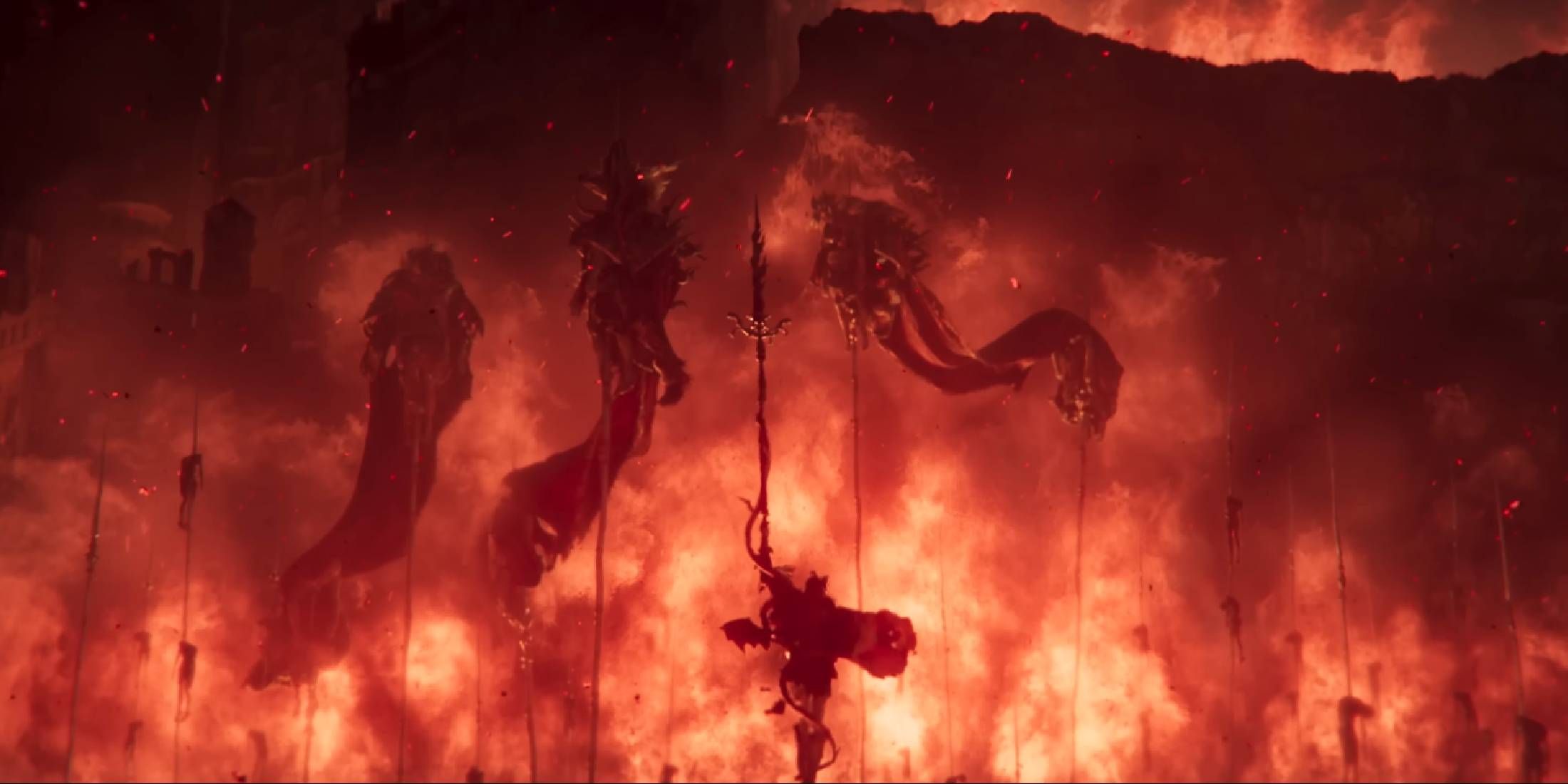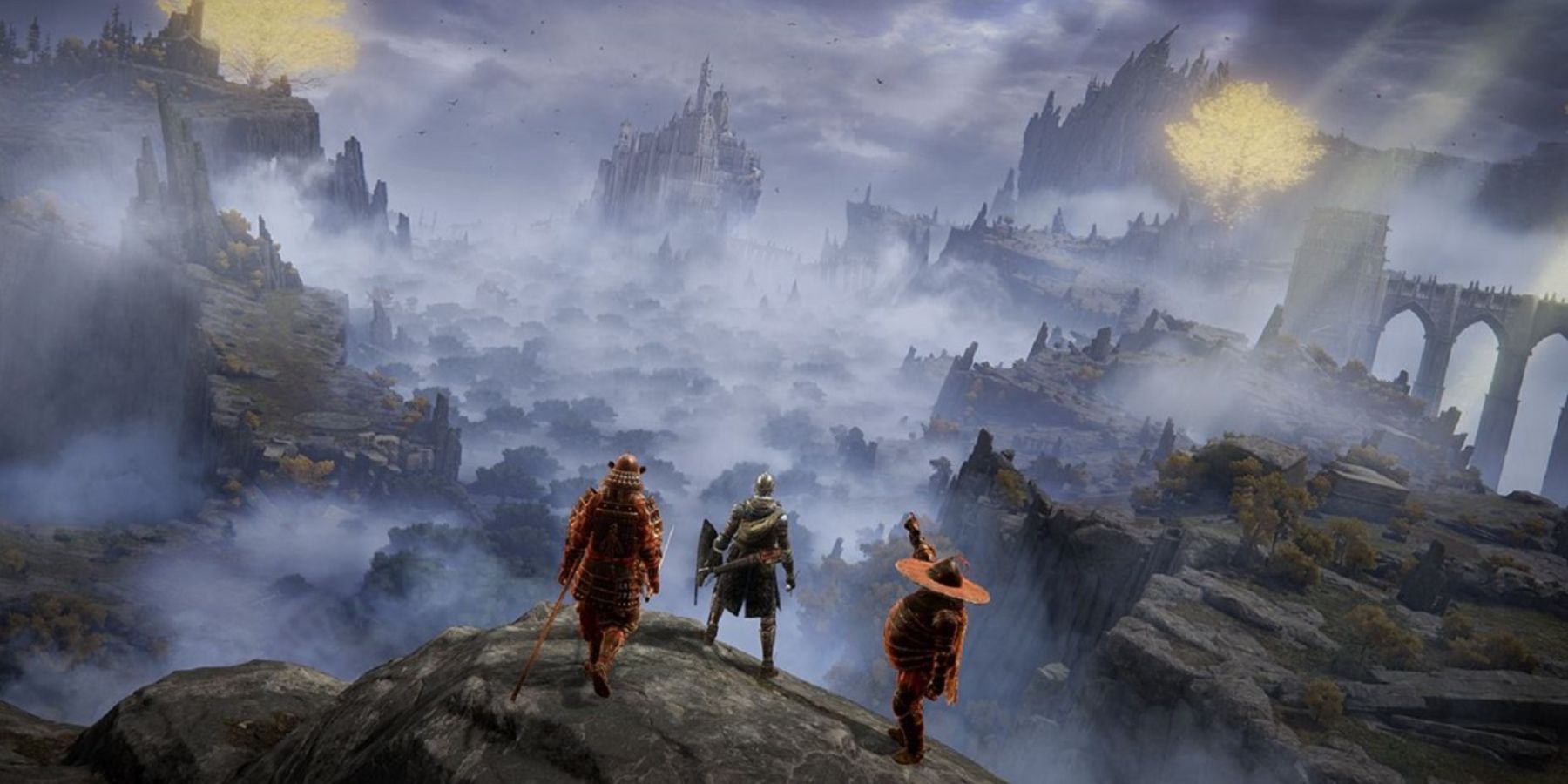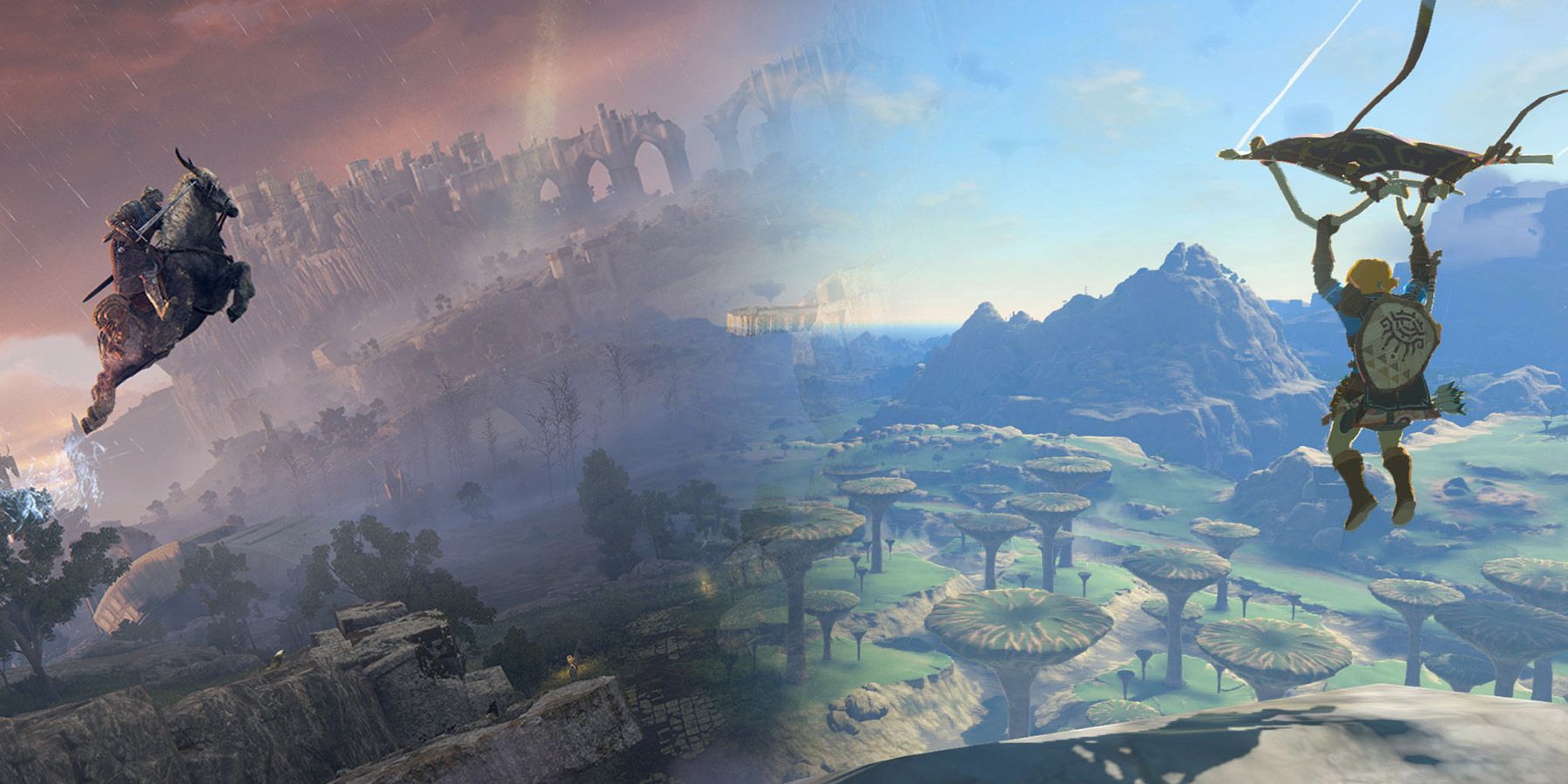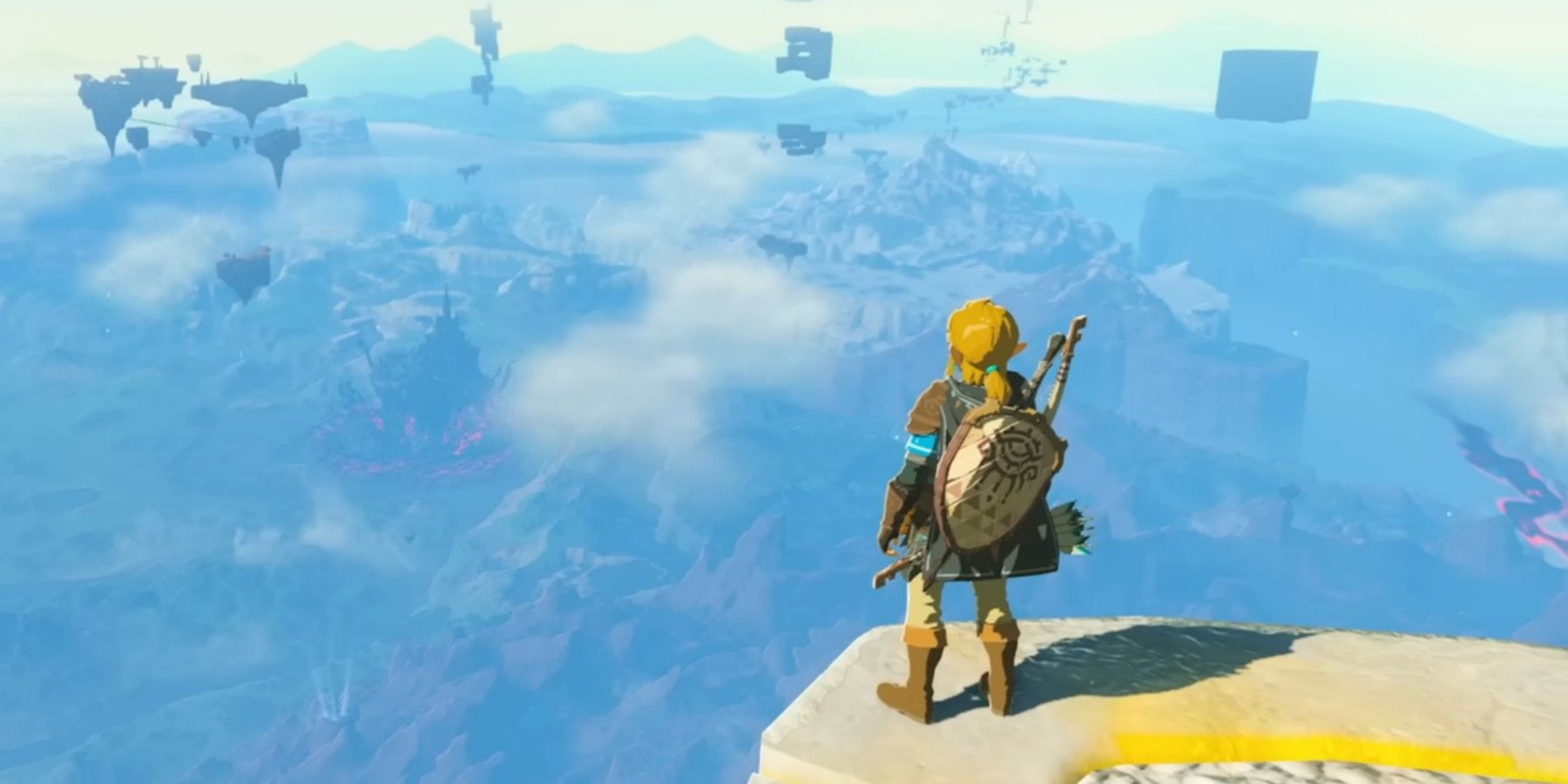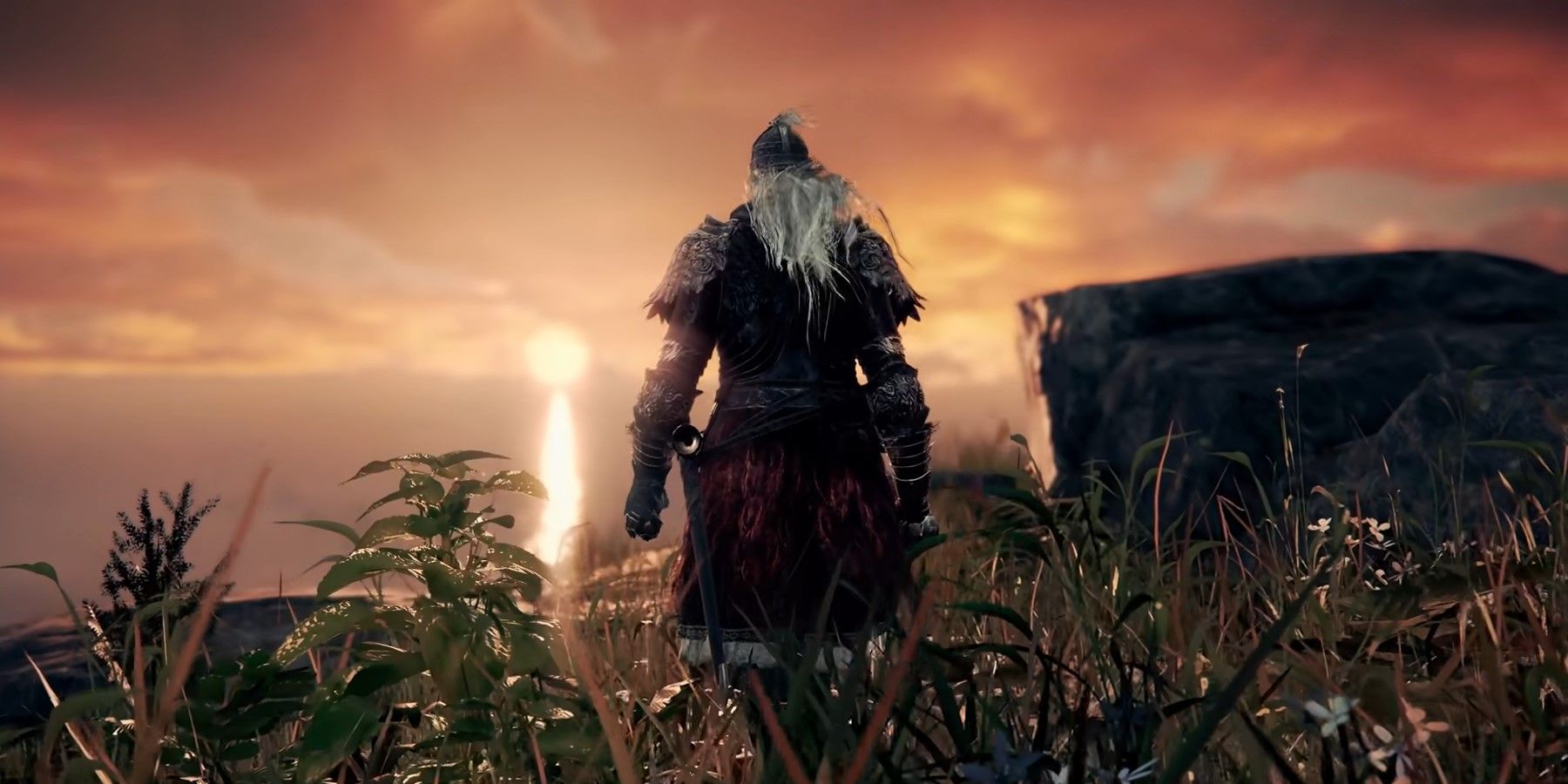Over the past couple of years, open-world fantasy has seen two new titles butting heads as the new peaks of the genre. Elden Ring brought the tough-as-nails yet diverse combat and somber exploration of Dark Souls into a giant map, while The Legend of Zelda: Tears of the Kingdom built upon its acclaimed 2017 predecessor Breath of the Wild. These titles share as many similarities as they do differences, but Elden Ring and Tears of the Kingdom stand united in bringing millions of players into their country-spanning adventures.
It's possible to get lost in these massive games for well over a hundred hours in a first playthrough. Even if more of Elden Ring's time comes from its difficulty while Zelda leans on pure non-linearity, the sheer amount of gear, monsters, side quests, and optional dungeons ensures there's always something to do. There are even surprisingly small details shared by both titles like the reveal of Elden Ring and TotK's underground maps, and the light party-building elements via optional NPC helpers. However, one of their most significant similarities is a flaw, albeit one many players won't encounter. For all there is to do in Elden Ring in Tears of the Kingdom, there isn't much to come back to.
Great Open Worlds Don't Need Much Replay Value
This flaw is a consequence of one of the best things Elden Ring and Tears of the Kingdom could get right, that being their general content. Everywhere the player looks, there's something new to see and do. If a given person is enjoying their time in these games, they can wander around one area for hours, soaking in the different combat encounters, solving environmental puzzles, finding treasure or Koroks, completing side dungeons, and sometimes fighting bosses.
Elden Ring's most celebrated bosses join with Tears of the Kingdom's dungeons as some of the most cinematic moments using regular gameplay in an open world. There is no turn a player can take without running into something, even if the novelty of that dwindles over time.
So much content means a long hour count, which these titles also excel at. It makes sense that many players have yet to reach the end of Tears of the Kingdom, given that it is a recent release and the ending can be put off indefinitely. Certain main quests, including exploring key parts of the underground and finding the Master Sword, can take plenty of time on their own to just uncover.
Elden Ring is technically more linear, but it encourages the players to search far and wide for equipment thanks to its difficulty. The game gets hard enough in its third act that some players still haven't seen the credits, though there's no rush to reach it either.
Tears of the Kingdom Squeezed All It Can Out Of Hyrule
All of that is to say that Elden Ring and Tears of the Kingdom are such densely-packed titles that they don't need much replay value to maintain their stellar reputations. However, it remains a feature that both titles lack in their own ways. Tears of the Kingdom started with a severe disadvantage in this respect, as it could be described as the replay value of Breath of the Wild.
No two Zelda games, even those sharing assets like Ocarina of Time and Majora's Mask, have recycled their world map like Breath of the Wild and Tears of the Kingdom. Hyrule has been expanded vertically with its existing content and geography being remixed, but many won't be keen to revisit this Hyrule for a third time.
The fact of the matter is, there's not a lot to do in Tears of the Kingdom once the credits roll. Breath of the Wild was praised for making the "collectibles and towers" design often found in Ubisoft open-world games more enjoyable, but that still means plenty of checklists to complete. Even if some are attached to the story or gameplay-altering treasures, solving a given task is often meant to be its own reward.
Player motivation keeps Link going through Hyrule, and when that dries up, the end is immediately in sight. DLC will give Tears of the Kingdom a boost in replay value as it did with Breath of the Wild, but it will inevitably run into the same issues, and that also applies to Elden Ring.
Elden Ring Becomes Surprisingly Linear On Replays
With or without its coming expansion Shadow of the Erdtree, Elden Ring playthroughs will be one-and-done for most Tarnished. Players will initially take their time exploring the Lands Between, finding many unique treasures on the way. Certain bosses and enemies like the Ulcerated Tree Spirit may feel repetitive as the game continues, but a familiar moveset can be its own kind of mercy.
However, the truth is there isn't much use in revisiting most of Elden Ring's content. The player needs two Great Runes from any demigods and a working route to Altus Plateau, and can continuously progress the story once there. Combined with Torrent allowing most overworld encounters to be skipped, anyone who is comfortable with their build can just move forward while continuously upgrading. Therein lies the bit of replay value that Elden Ring has over Tears of the Kingdom, and that is its builds.
Gear variety is immense, at least matching what's possible with Tears of the Kingdom's Fuse and Ultrahand. With equipment promoting dramatically different play styles and a dedicated multiplayer system, Elden Ring's open world is surprisingly convenient for rapid build assembly. Both titles' player creativity can't match the shorter, more compact experiences of past Souls and Legend of Zelda titles, but at least they ensure that Elden Ring and Tears of the Kingdom's first playthroughs will be diverse enough.
Elden Ring is available now on PC, PS4, PS5, Xbox One, and Xbox Series X/S.

